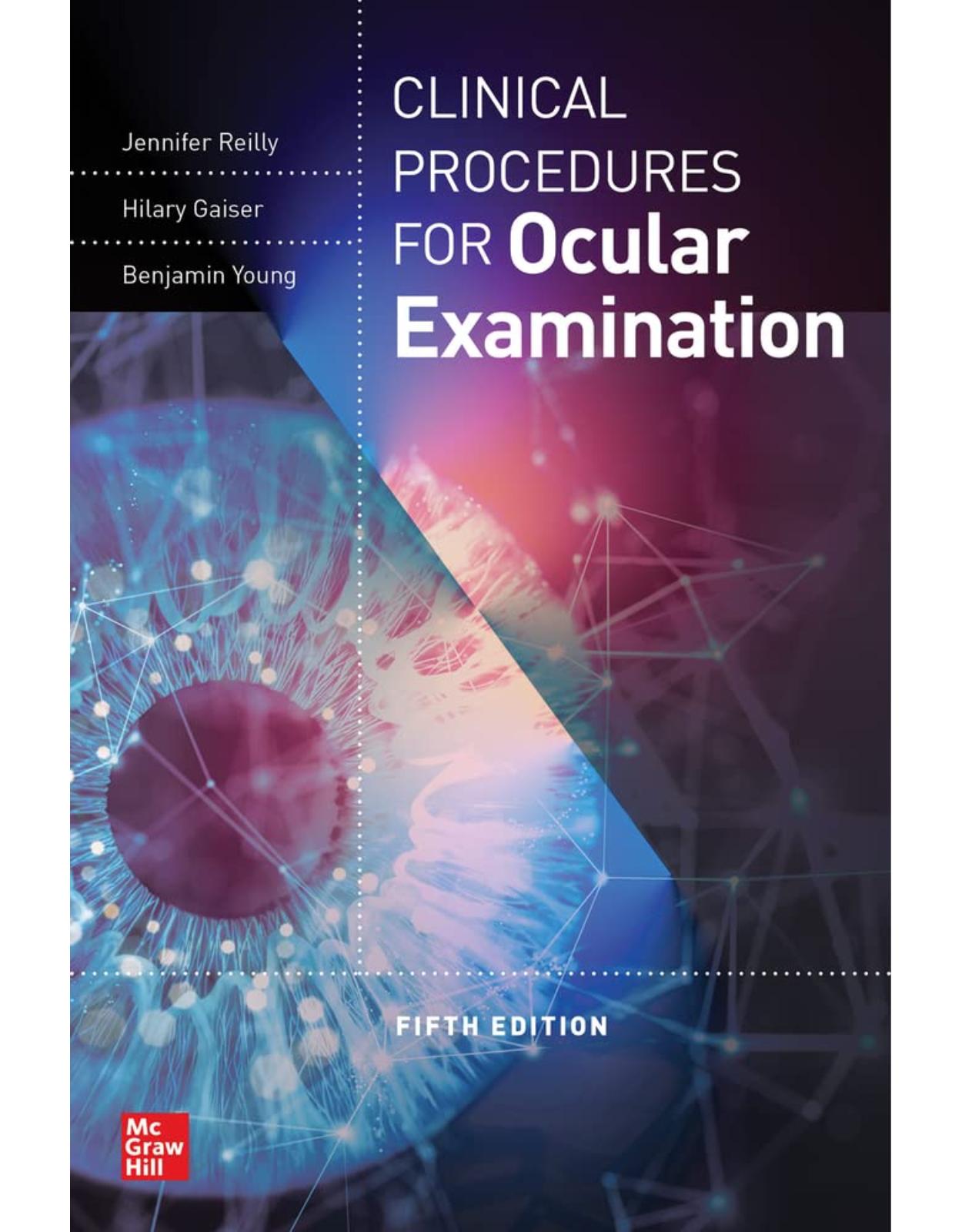
Clinical Procedures For The Ocular Examination, Fifth Edition
Livrare gratis la comenzi peste 500 RON. Pentru celelalte comenzi livrarea este 20 RON.
Disponibilitate: La comanda in aproximativ 4 saptamani
Editura: McGraw-Hill
Limba: Engleza
Nr. pagini: 416
Coperta: Paperback
Dimensiuni:
An aparitie: Febr. 2023
Description:
The definitive skill-building guide—revised and updated with new content Clinical Procedures for Ocular Examination, Fifth Edition is the must-have eye care resource, whether you’re a student, resident, or practitioner. Here, in one concise handbook, is every major clinical procedure used in ocular examinations. Offering ideal preparation for clinical eye exams, the book features detailed, systematic guidance on how to confidently perform all major examination techniques, which are described by purpose, indication, equipment, set-up, recording, and examples. Each procedure is accompanied by precise illustrations and photographs, designed to enhance your knowledge and comfort level with the full spectrum of techniques. Clinical Procedures for Ocular Examination represents the single most essential clinical companion in eye care available anywhere. Step-by-step procedures for every exam procedure, including techniques that are new to this edition Convenient summaries of practical how’s and why’s that do not get bogged down in distracting theory Expanded tables, plus updated references and norms Q&A for thorough review and comprehension New chapters: Ophthalmic Dispensing, Ancillary Testing, Advanced Procedures, and Population Specific Testing
Table of Contents:
1 • PATIENT COMMUNICATION
1.1 Introduction to Patient Communication
1.2 Patient Privacy
1.3 Case History
1.4 Presenting Examination Results to a Patient
1.5 Verbal Presentation of Your Patient to a Colleague, Preceptor, or Attending Supervisor
1.6 Writing an Assessment and Plan
1.7 Writing a Consultancy, Communication, or Referral Letter
1.8 Reporting Abuse
1.9 Writing a Prescription for Medication
2 • ENTRANCE TESTS
2.1 Introduction to the Entrance Tests
2.2 Infection Control
2.3 External Observation
2.4 Visual Acuity: Minimum Legible
2.5 Visual Acuity: Minimum Legible Using a LogMAR Chart
2.6 Visual Acuity: Minimum Legible Using the Massachusetts VA Test
2.7 Pinhole Visual Acuity
2.8 Color Vision
2.9 Cover Test
2.10 Stereopsis
2.11 Near Point of Convergence (NPC)
2.12 Hirschberg Test and Krimsky Test
2.13 Brückner Test
2.14 Extraocular Motilities (EOMs)
2.15 Pupils
2.16 Finger Counting Visual Fields
2.17 Summary of Expected Findings
3 • REFRACTION
3.1 Introduction to Refraction
3.2 Interpupillary Distance (PD)
3.3 Lensometry
3.4 Introduction to the Manual Phoropter
3.5 Static Retinoscopy
3.6 Routine Distance Subjective Refraction With the Manual Phoropter
3.7 Use of the Trial Frame to Modify a Prescription
3.8 Clock Chart (Sunburst Dial)
3.9 Jackson Cross Cylinder (JCC) Check Test for Uncorrected Astigmatism
3.10 Ocular Dominance Testing
3.11 Trial Frame Refraction
3.12 Cycloplegic Refraction
3.13 Delayed Subjective Refraction
3.14 Determining the Add for a Presbyope
3.15 Writing a Spectacle Prescription
3.16 Keratometry
4 • FUNCTIONAL TESTS
4.1 Introduction to the Functional Tests
4.2 Distance Lateral and Vertical Deviations by von Graefe (VG) Technique
4.3 Near Lateral and Vertical Deviations by von Graefe (VG) Technique
4.4 Distance Horizontal Step and Smooth Vergences
4.5 Distance Vertical Step and Smooth Vergences
4.6 Near Horizontal Step and Smooth Vergences
4.7 Near Vertical Step and Smooth Vergences
4.8 Amplitude of Accommodation (Amps)
4.9 Fused Cross Cylinder (FCC)
4.10 Negative Relative Accommodation/Positive Relative Accommodation (NRA/PRA)
4.11 Binocular Accommodative Facility (BAF) & Monocular Accommodative Facility (MAF)
4.12 Dynamic Retinoscopy: Monocular Estimation Method (MEM)
4.13 Modified Thorington (MT)
4.14 Maddox Rod (MR)
4.15 Gradient Accommodative Convergence to Accommodation (AC/A) Ratio
4.16 Associated Phoria
4.17 Worth Four Dot (W4D)
4.18 Four Prism Diopter Base Out Test (4Δ BO Test)
4.19 Pursuits and Saccades
5 • OCULAR HEALTH ASSESSMENT
5.1 Introduction to Ocular Health Assessment
5.2 Biomicroscopy (Slit Lamp)
5.3 Examination of the Anterior Chamber
5.4 Specular Reflection Technique
5.5 Sclerotic Scatter Technique
5.6 Eversion of the Upper Eyelid
5.7 Instillation of Drops
5.8 Corneal or Conjunctival Staining
5.9 Tear Breakup Time (TBUT)
5.10 Schirmer Tests: Schirmer #1 Test and Basic Lacrimation Test
5.11 Phenol Red Thread Test (Cotton Thread Test)
5.12 Fluorescein Clearance Test (or “Fluorescein Dye Disappearance Test”)
5.13 Jones #1 (Primary Dye) Test
5.14 Goldmann Applanation Tonometry (GAT)
5.15 Noncontact Tonometry (NCT)
5.16 Rebound Tonometry
5.17 Pachymetry
5.18 Gonioscopy
5.19 Direct Ophthalmoscopy
5.20 Binocular Indirect Ophthalmoscopy (BIO)
5.21 Scleral Depression
5.22 Fundus Biomicroscopy
5.23 Amsler Grid
5.24 Tangent Screen
5.25 D-15 Color Test
5.26 Photostress Recovery Time Test
5.27 Red Desaturation Test
5.28 Exophthalmometry
6 • CONTACT LENSES
6.1 Introduction to the Contact Lens Examination
6.2 Contact Lens Case History
6.3 External Examination of a Contact Lens Patient
6.4 Inspection and Verification of Soft Contact Lenses
6.5 Application (Insertion) and Removal of Soft Contact Lenses
6.6 Fit Assessment of Soft Contact Lenses
6.7 Phoropter-Based Over-Refraction of Spherical or Toric Contact Lenses
6.8 Loose Lens Over-Refraction of Spherical or Toric Contact Lenses
6.9 Evaluation of the Multifocal Contact Lens Patient
6.10 Loose Lens Over-Refraction of Multifocal Contact Lenses
6.11 Evaluation of the Monovision Patient
6.12 Inspection and Verification of Corneal and Scleral Gas Permeable Contact Lenses
6.13 Base Curve (BC) Radius Measurement
6.14 Back Vertex Power and Optical Quality
6.15 Application (Insertion), Removal, and Recentering of Corneal Gas Permeable Contact Lenses
6.16 Fit Assessment of Corneal Gas Permeable Contact Lenses
6.17 Fit and Assessment of Orthokeratology Lenses
6.18 Application (Insertion) and Removal of Scleral Contact Lenses
6.19 Fit Assessment of Scleral Contact Lenses
6.20 Writing a Contact Lens Prescription
7 • SYSTEMIC HEALTH SCREENING
7.1 Introduction to Systemic Health Screening
7.2 Blood Pressure Evaluation (Sphygmomanometry)
7.3 Carotid Artery Evaluation
7.4 Lymph Node Evaluation
7.5 Glucometry
8 • CRANIAL NERVE SCREENING
8.1 Introduction to Cranial Nerve Screening
8.2 Lid and Ptosis Measurements
8.3 Levator Function Test
8.4 Near (Accommodative) Pupil Testing
8.5 Pharmacological Pupil Testing
8.6 Park’s Three-Step Method for a Paretic Vertical Muscle
8.7 Red Lens Test for a Paretic Horizontal Muscle
8.8 Trigeminal Nerve Function Test
8.9 Facial Nerve Function Test
8.10 Screening Tests for CN I, VIII, IX, X, XI, and XII
9 • OCULAR IMAGING
9.1 Introduction to Ocular Imaging
9.2 Ocular Photography
9.3 Corneal Topography
9.4 Optical Coherence Tomography (OCT)
9.5 Ocular Biometry
9.6 B-Scan Ultrasound
9.7 Automated Visual Field
10 • ADVANCED OCULAR PROCEDURES
10.1 Introduction to Advanced Ocular Procedures
10.2 Punctal Plug Insertion (Temporary Short Duration Intracanalicular Collagen Implant)
10.3 Dilation and Irrigation
10.4 Intense Pulsed Light (IPL)
10.5 Eyelash Epilation
10.6 Foreign Body (FB) Removal
10.7 Chalazion Removal
10.8 Suturing, Excision, and Biopsy
10.9 Anterior Segment Lasers
References
Index
| An aparitie | Febr. 2023 |
| Autor | Jennifer Reilly, Hilary Gaiser, Benjamin Young |
| Editura | McGraw-Hill |
| Format | Paperback |
| ISBN | 9781264277438 |
| Limba | Engleza |
| Nr pag | 416 |
-
1,30700 lei 1,18400 lei

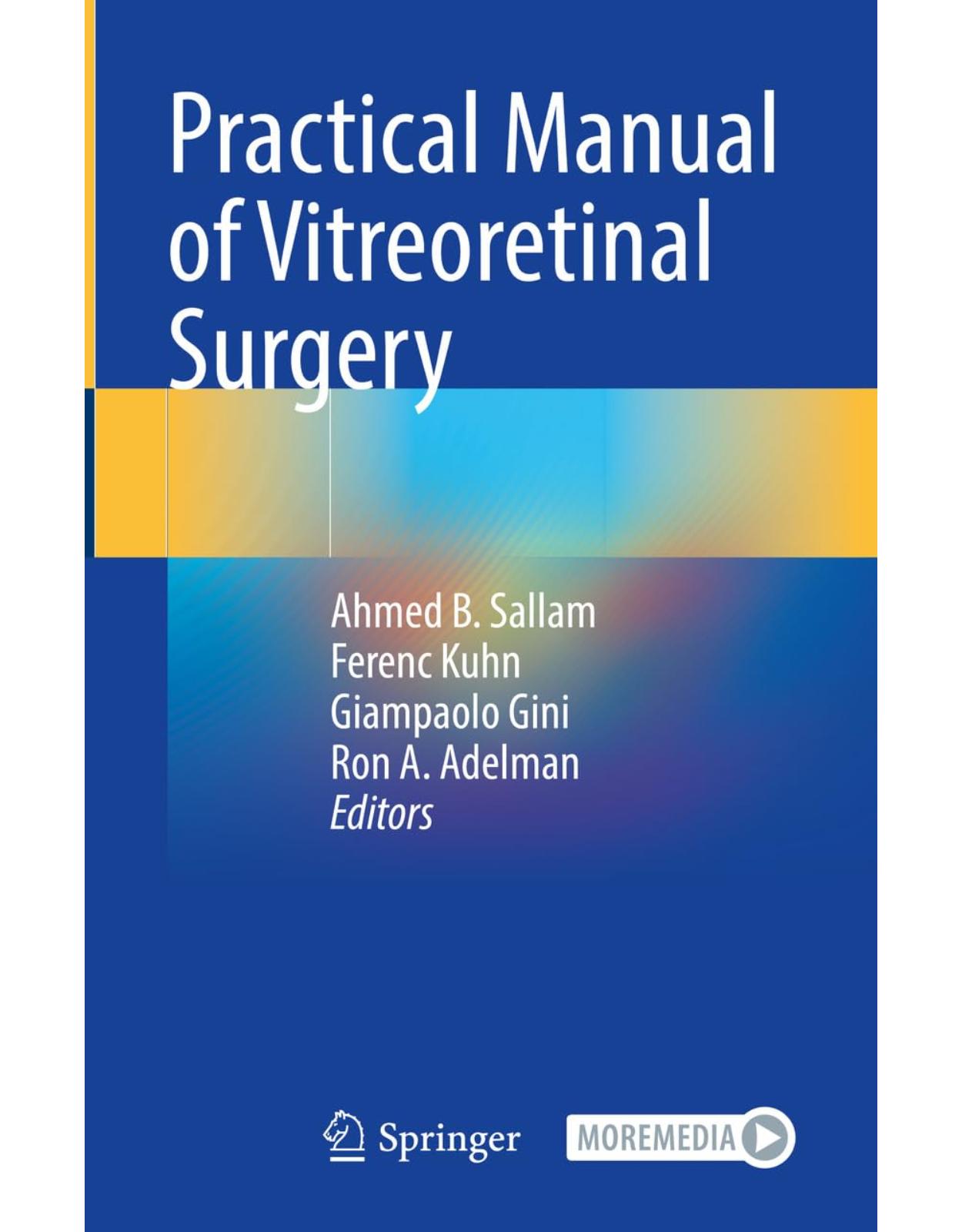
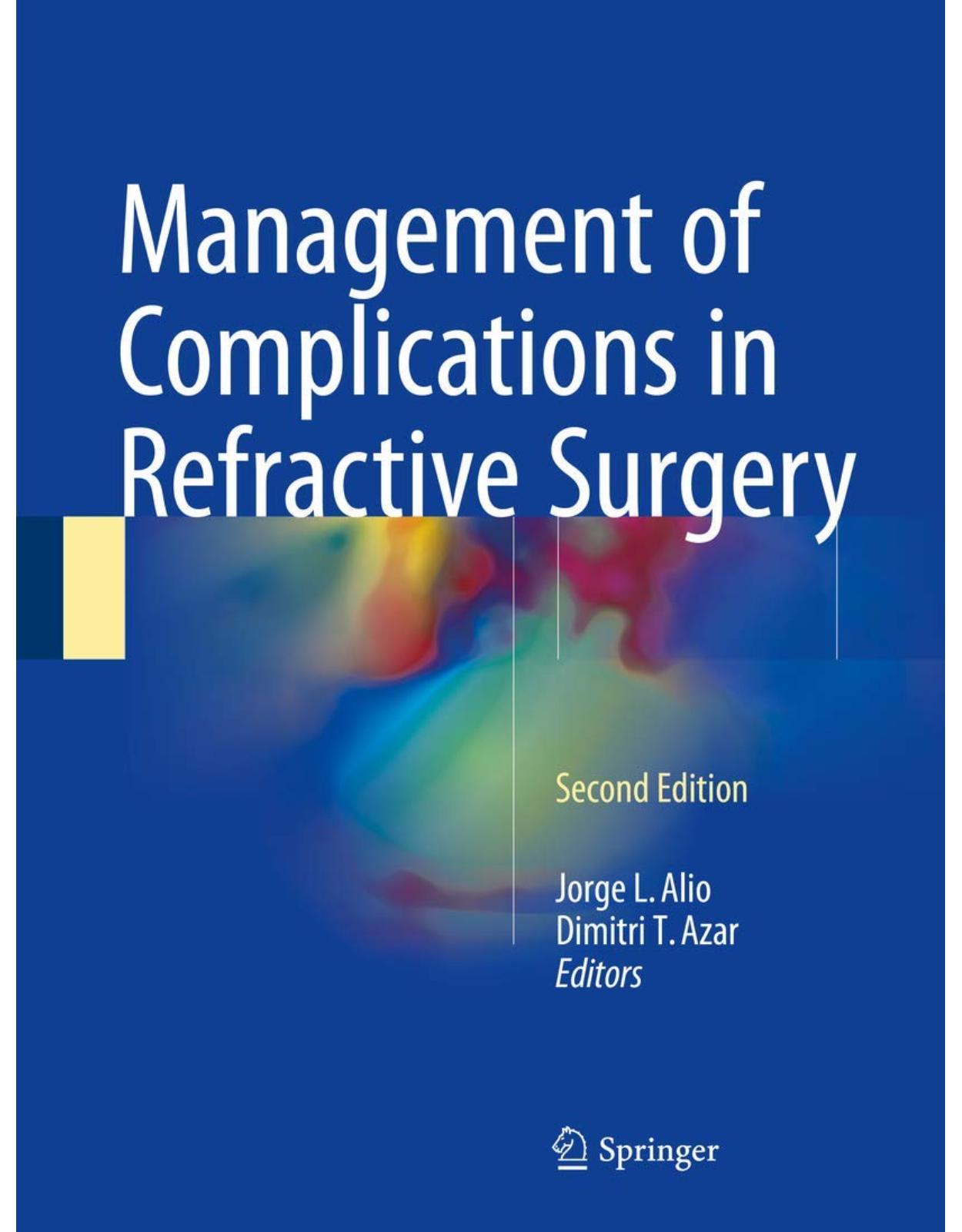
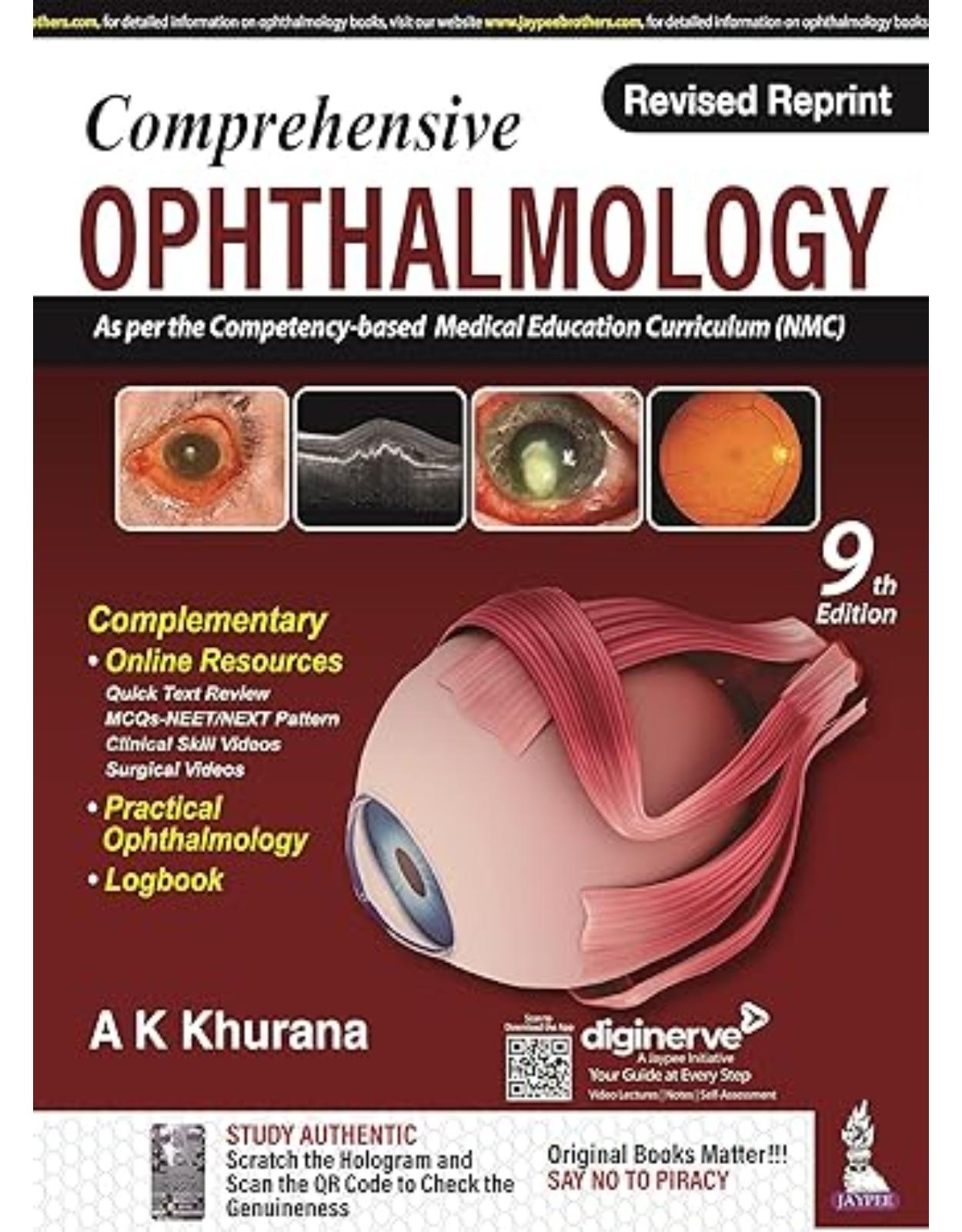
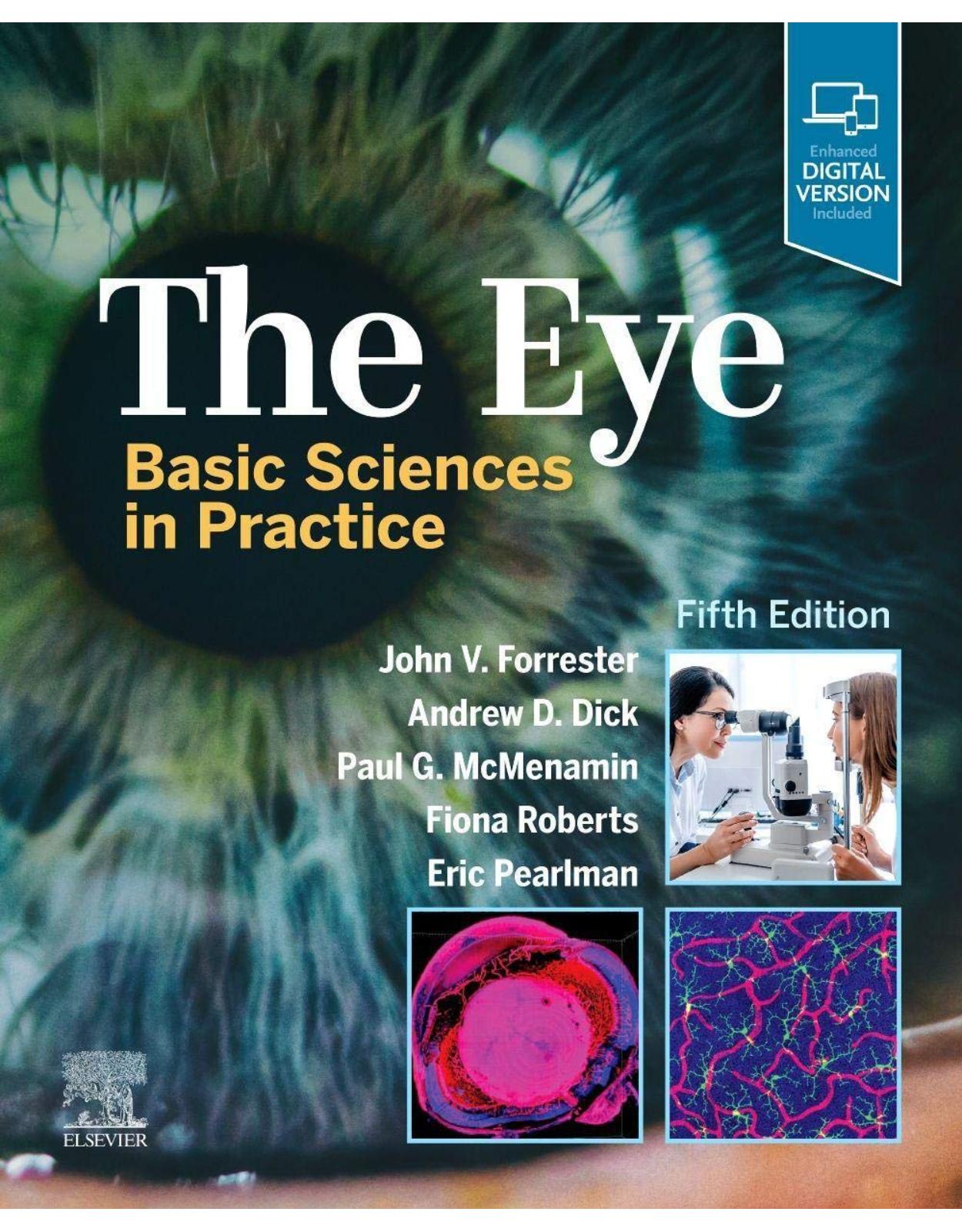
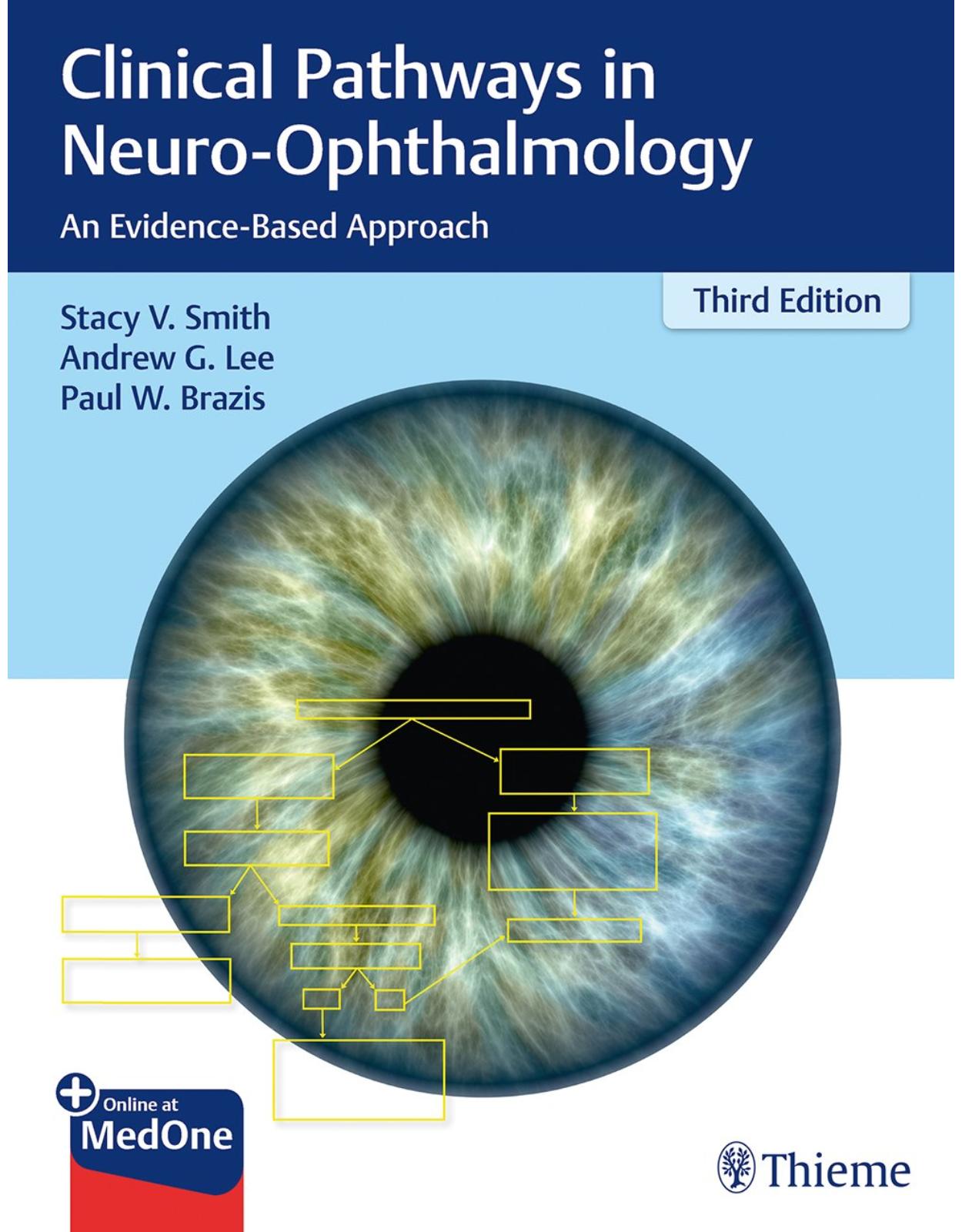
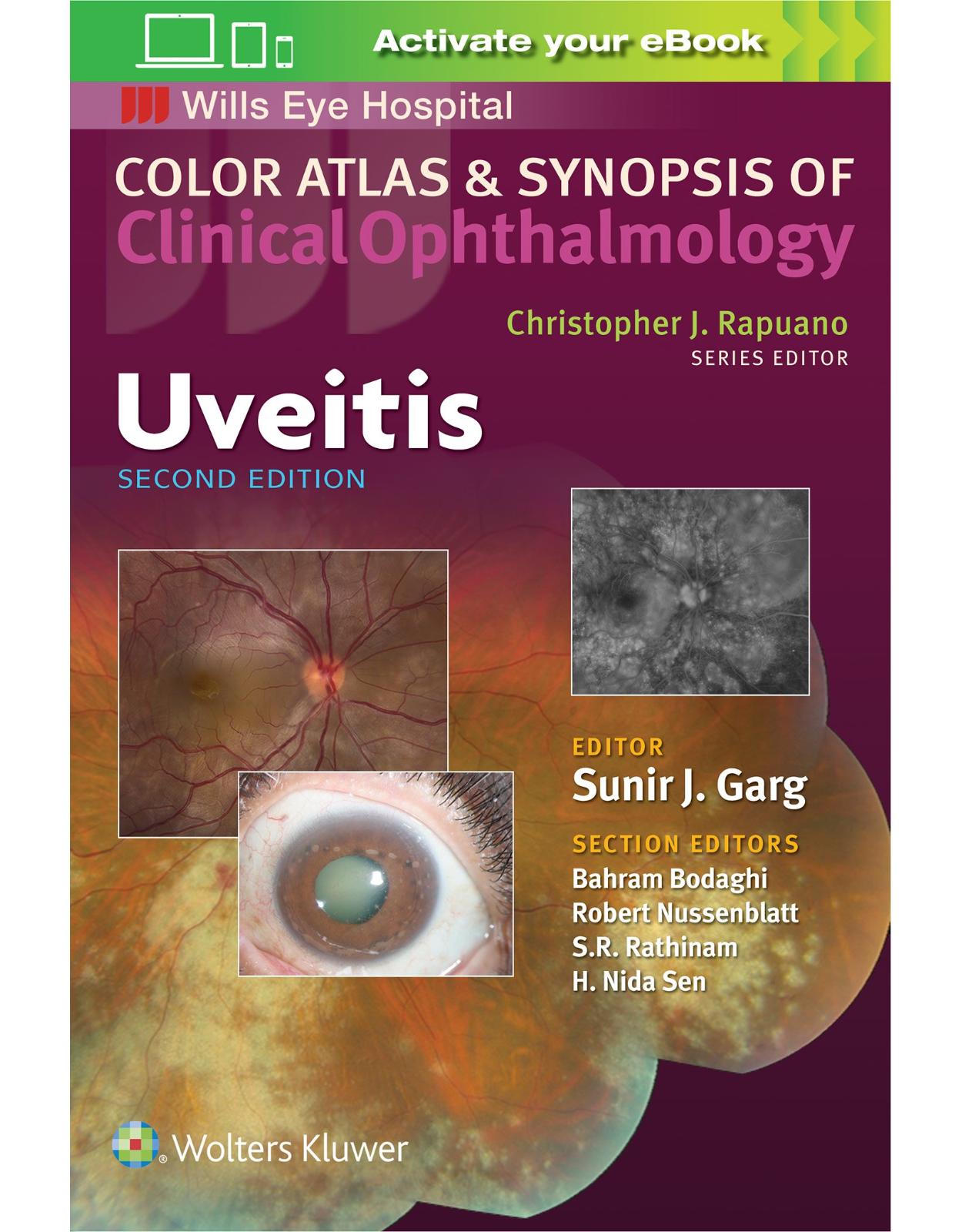
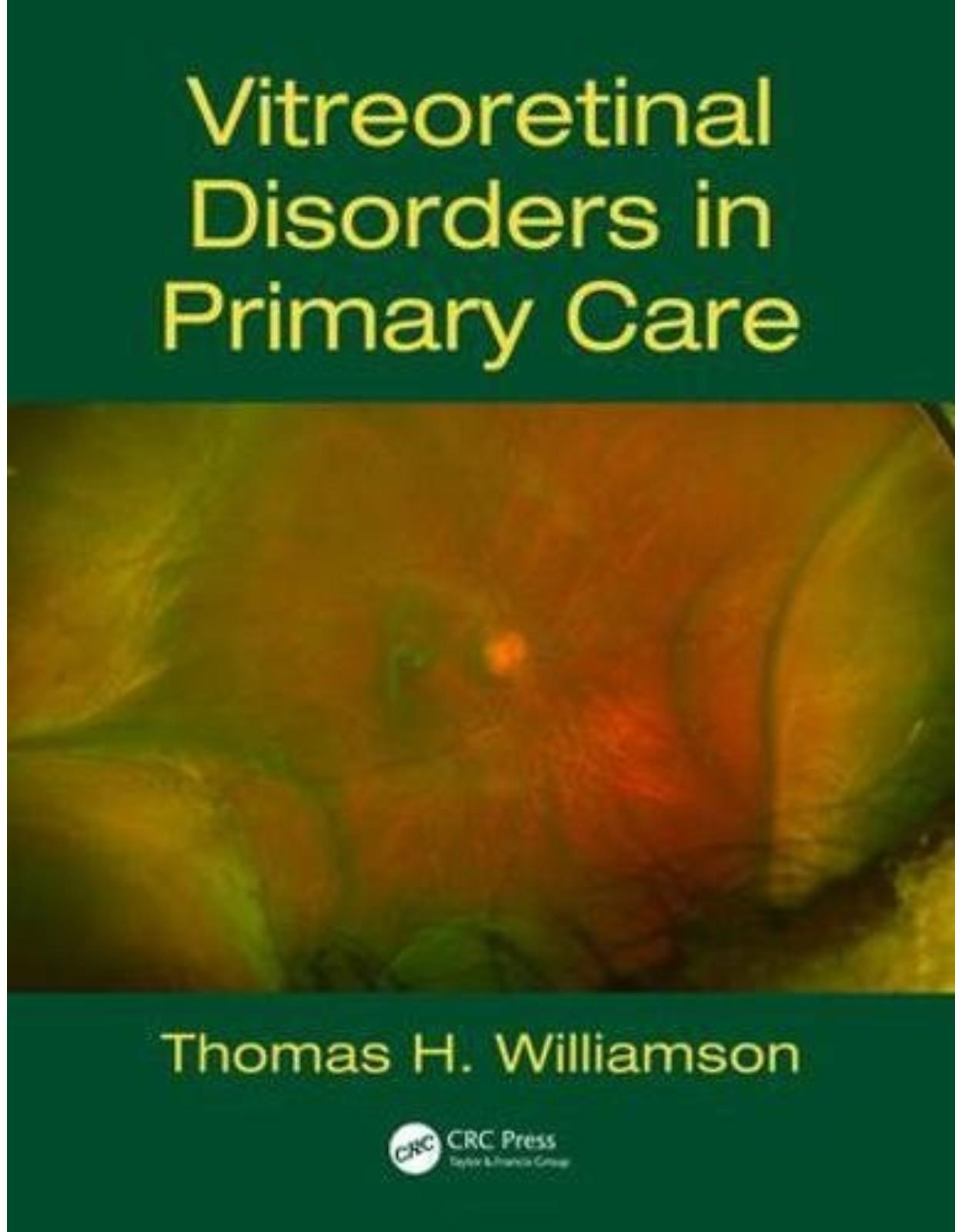
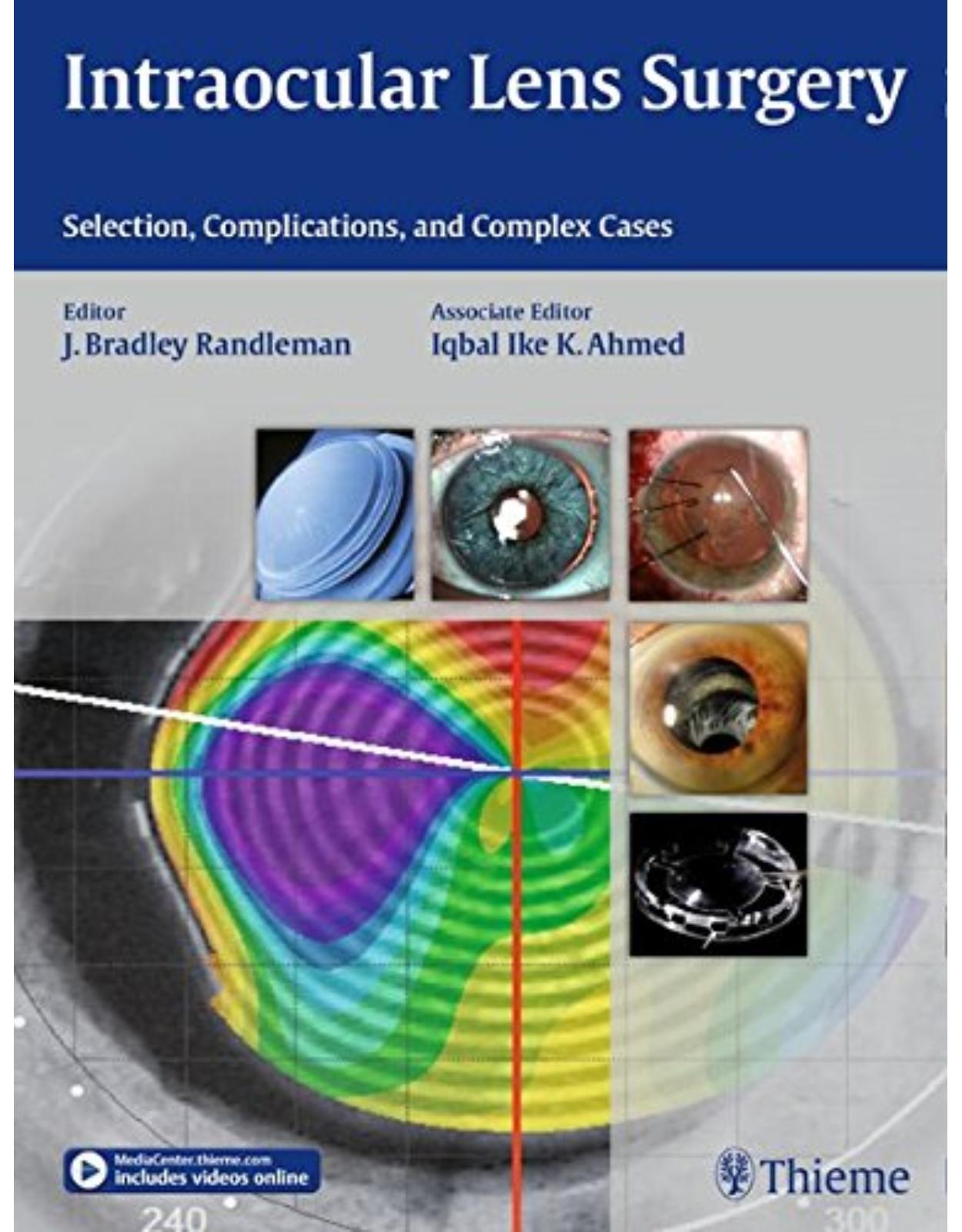
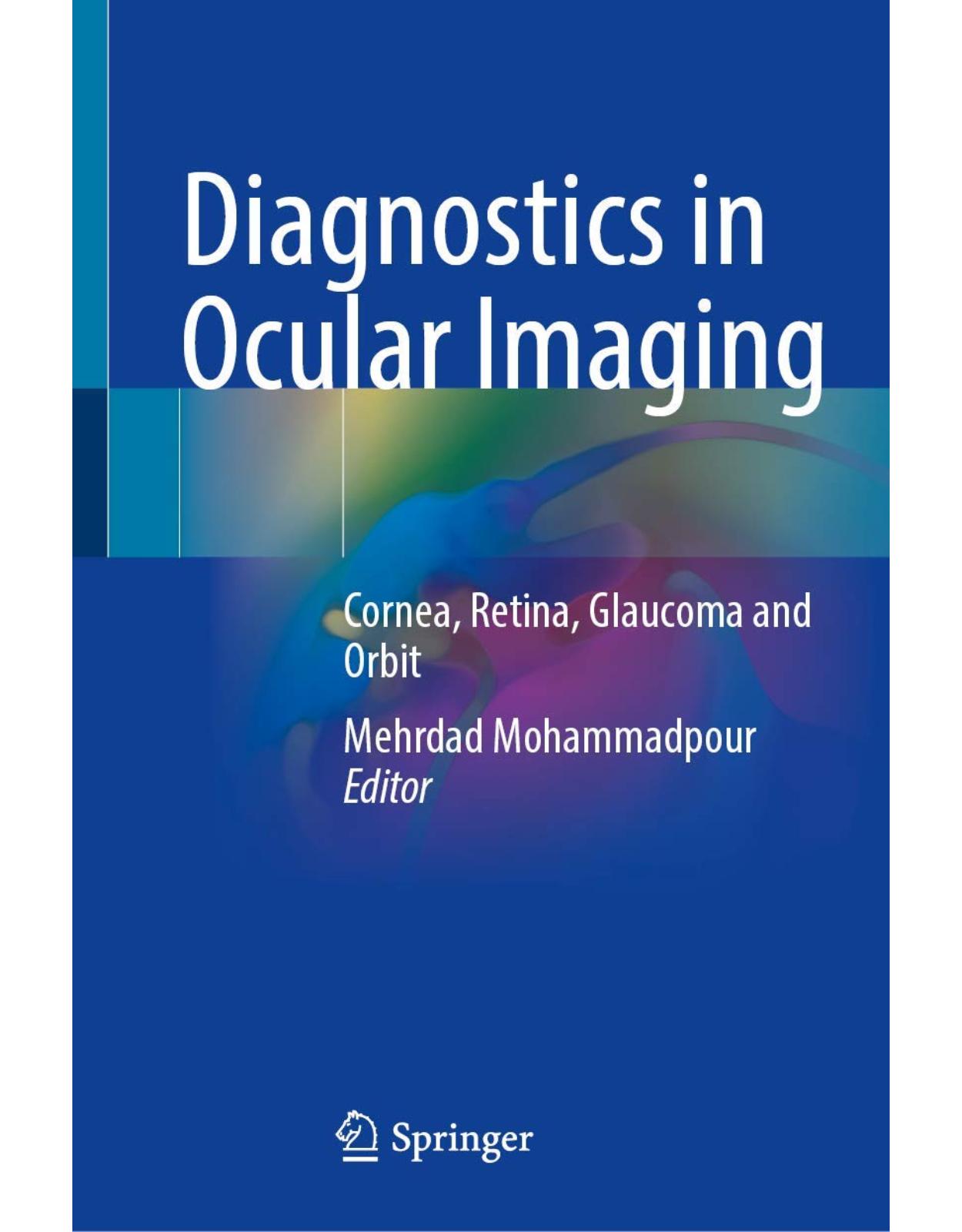
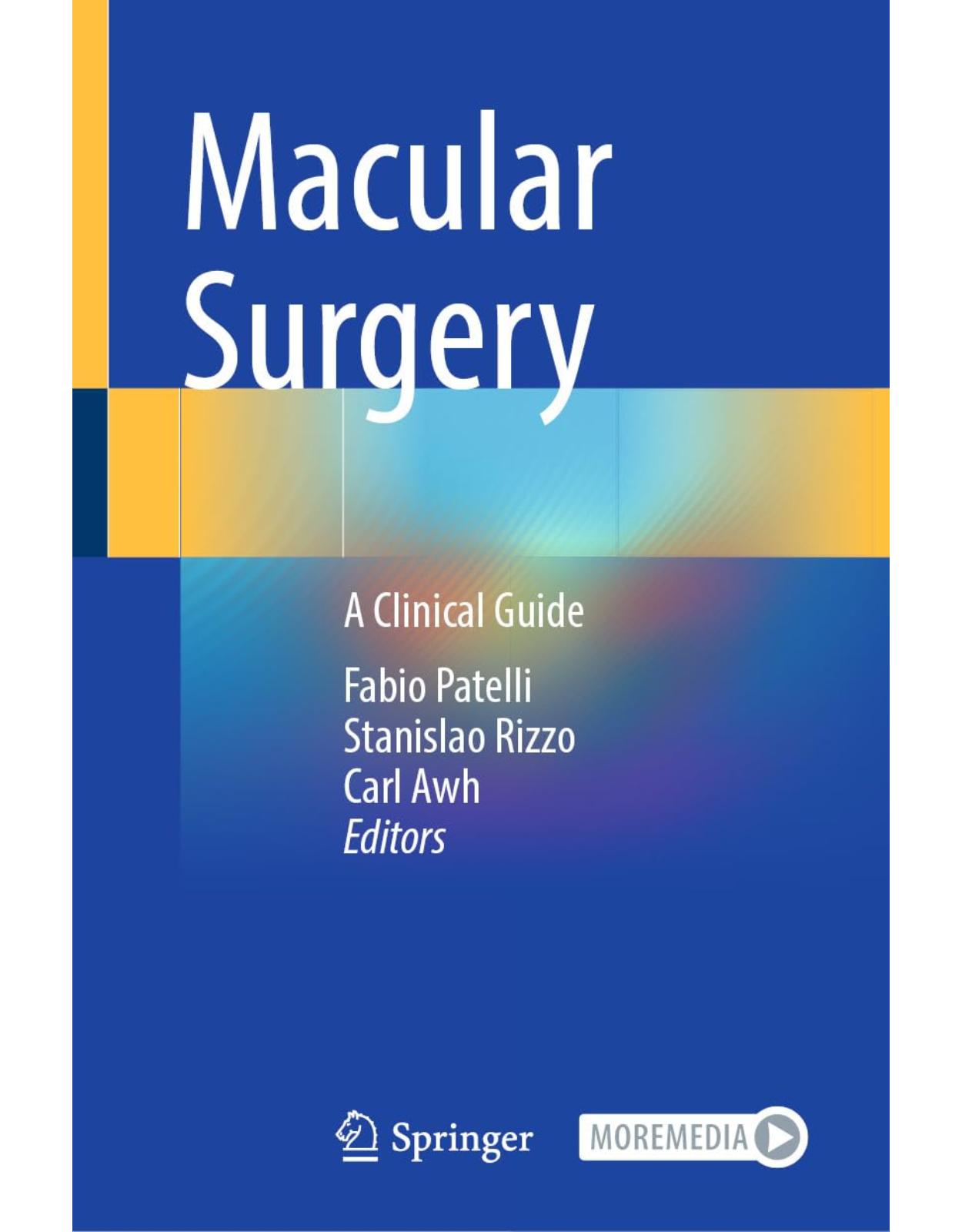
Clientii ebookshop.ro nu au adaugat inca opinii pentru acest produs. Fii primul care adauga o parere, folosind formularul de mai jos.